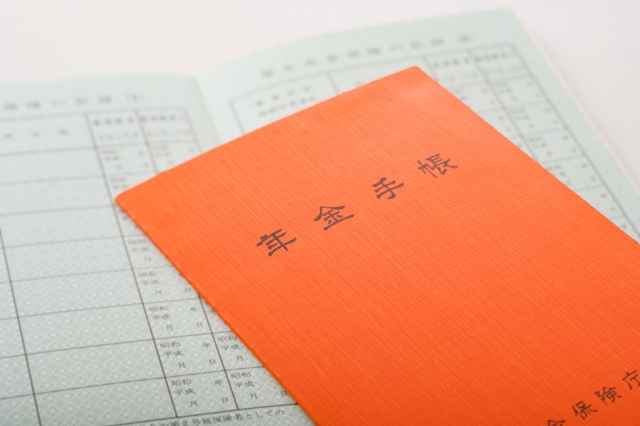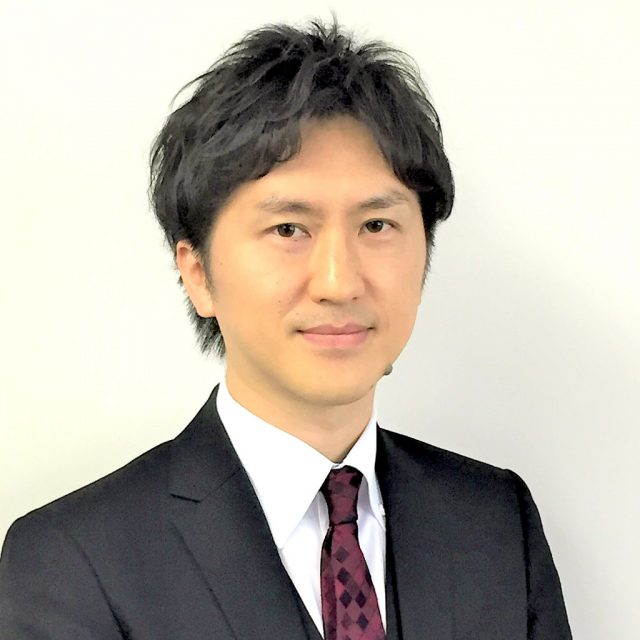「壁」という言葉は、進歩を妨げるものを指す比喩的な意味も持つ。年金における「年金211万円の壁」は、年金受給者にとって重要な境界線となる。この壁を超えないと、住民税や介護保険料が増加し、恩恵を受けられない。具体的には、「211万円基準」を超えないと住民税が免除され、介護保険料負担が軽減される。自分の年金が211万円を超えているかどうかは公的年金機構で確認可能。現役世代は収入を増やすことで壁を乗り越えることが提案されている。

When we hear the word “wall,” it can carry both a physical meaning (like a normal wall or partition) and a metaphorical meaning of “something that obstructs progress.”
Today, we’ll talk about the pension “wall.” You may have heard of the “earnings barrier of 103 million yen” and the “dependent family member barrier of 130 million yen” in social security. Similarly, there’s a concept called the “pension 2.11 million yen barrier.”
So, today, Yoshitaka Nakagawa from Japan Class Tax Accountants will explain the overview and benefits of the pension standard of 2.11 million yen, based on his extensive knowledge and experience gained from years of tax and accounting work.
Table of Contents
What is the “Pension 2.11 Million Yen Barrier”?
What happens if you don’t overcome the “Pension 2.11 Million Yen Barrier”? What are the benefits?
How can you find out if your pension exceeds 2.11 million yen? What is the calculation method?
Generalizing
What is the “Pension 2.11 Million Yen Barrier”?
For households with pension recipients aged 65 and over, the “Pension 2.11 Million Yen Barrier” is the dividing line. Specifically, the household head receiving a pension earns less than 2.11 million yen and their spouse (aged 65 and over) earns less than 1.55 million yen. Then, the family becomes the taxpayer for resident taxes.
The “Pension 2.11 Million Yen Barrier” refers to residential taxes. Along with that, the burden of health insurance and long-term care insurance premiums also changes. The reason this topic is widely discussed is because if you exceed 2.11 million yen, the burden of long-term care insurance premiums, and others increase significantly.
About Resident Taxes
Let’s talk about this issue below. First, a quick introduction to resident taxes. Taxes are calculated based on income from January 1 to December 31 of the year and paid in the following year. Resident taxes are divided into prefectural tax and municipal tax, paid to the municipality you lived in as of January 1 of the year. The tax amount is calculated by adding the “income tax” and the “fixed amount.” The income tax is a partial tax levied based on income, so the higher the income, the higher the amount. A household not subject to resident tax is a household where both the income tax and the fixed amount are non-taxable.
Also, the area you live in is divided into categories, which affects whether you are exempt from resident taxes. The “Pension 2.11 Million Yen Barrier” mentioned earlier applies to those living in Type 1 land. Those living in Type 2 and Type 3 lands have an upper limit on non-taxable income. You can check the classification of your area on the Ministry of Health, Labour and Welfare website.
Annual Pension Income Limit by Rank (Reference)
| Flatland | Household head (65 years and older) | Spouse (65 years and older) |
| 1 | 2.11 million yen | 1.55 million yen |
| 2 | 2.03 million yen | 1.52 million yen |
| 3 | 1.93 million yen | 1.48 million yen |
*Details may vary slightly depending on the municipality, so please check with your nearest city hall for specifics.

What Happens If You Don’t Cross the “Pension 2.11 Million Yen Barrier”? What Are the Benefits?
If your pension does not exceed the “Pension 2.11 Million Yen” standard, you can enjoy various benefits.
(1) No resident tax
Even pension recipients have an obligation to pay resident taxes as long as they have income. If it stays below 2.11 million yen, residents tax will be exempted.
(2) Lower burden of long-term care insurance premiums
Depending on where you live, if your pension is slightly above 2.11 million yen, the family’s burden can increase by approximately 70,000 yen annually.
(3) Enjoy the reduction system for National Health Insurance premiums
Strictly speaking, the “2.11 million yen standard” is not a standard, however, the equal part and proportional part of National Health Insurance premiums are reduced based on income level (reduction rates may vary by local government).
(4) Reduce the burden limit for high medical expenses and high-level care service expenses
The “High Medical Expenses” system refunds the amount exceeding the limit if high medical expenses are incurred within a month. The self-payment amount for households not subject to resident taxes will be lower.
How Can You Find Out If Your Pension Exceeds 2.11 Million Yen? What Is the Calculation Method?
If you have internet access, you can use the Nenkin-net (Japan Pension Service) to check your pension records, pension amount, and other updated information anytime. Pre-registration is required to use Nenkin-net. If you have any questions about using the pension network, please contact the Japan Pension Service (Navi Dial 0570-058-555).
If you don’t have internet access, you can inquire through the following methods:
(1) Inquiry to the Pension Phone Number or Pension Office
By calling the pension helpline, you can check the expected amount of the pension and the pension enrollment records used in the calculation. When making a call, have your basic pension number ready. You can also check pension amount expectations and pension enrollment records at the pension office counter. It’s good to confirm the necessary items for consultation with the pension office before consulting.
(2) Check the Nenkin periodic mail
Every year during your birth month, you’ll receive the “Nenkin Teigubin,” where you can confirm the calculated (expected) amount and enrollment records of your pension. This information will be included in a postcard sent by regular mail for the past year.
However, please note that the Nenkin Katatsumuri email contains records at the time of creation and may not be the most updated information. If you lose or damage the Nenkin periodic mail, reissue is possible but may take about 2 months for delivery.
Generalizing
Today, we introduced the “Pension 2.11 Million Yen Barrier.” For pension recipients, even though the received pension amount doesn’t vary much, it’s unacceptable for insurance premium burdens to differ by tens of thousands of yen with a slight difference. In that sense, if your pension amount is established and just over 2.11 million yen, it might be worth considering delaying the receipt of your pension.
However, if you are in the working-age population, instead of looking for a way through the barrier, it might be better to strive to increase your income and boldly overcome the barrier.
●Contributions/ Yoshitaka Nakagawa.

Kurarasu National Tax Institute Executive Director, Certified Public Accountant.
Specializing in tax consulting, final tax return support, organizational restructuring consulting, succession and business succession consulting, accounting outsourcing, and early settlement of companies listed on the TSE. We have gained high praise and trust from many clients with our motto of “smooth business succession” and “discussion-free succession” tailored to each individual’s situation.
Kurarasu National Tax Office (
Composition and editing/ Keiko Matsuda (Kyoto Media Line/
